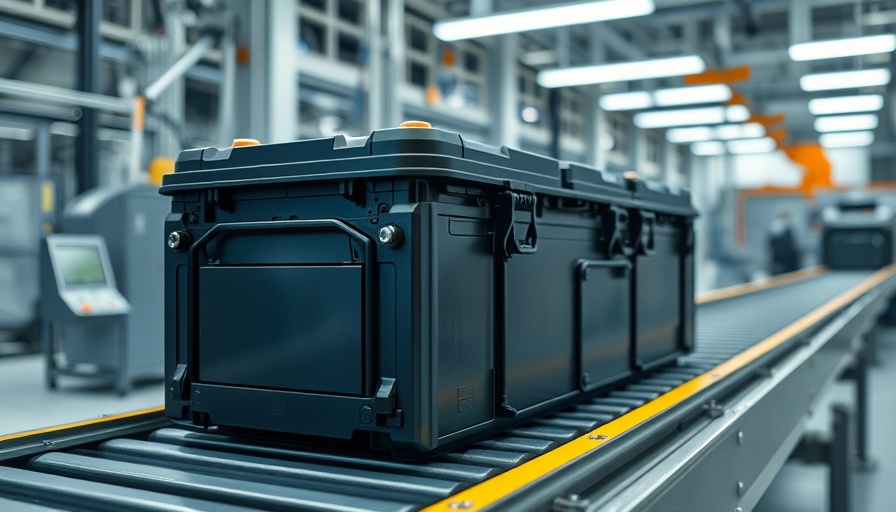
Silicon Anodes: The Future of EV Battery Technology
Group14 has made headlines with its latest funding round, securing a whopping $463 million to expand its operations specializing in silicon anodes, a game-changing component for electric vehicle (EV) batteries. With contributions from major players like SK, Porsche, and Microsoft, this financial boost underscores the robust investor confidence in the EV sector. It serves as a clear indicator that despite challenges such as fluctuating demand, the demand for advanced battery technology remains strong, not just for current models but for the innovation pipeline that will power the electric vehicles of tomorrow.
Why Silicon Trumps Graphite
Traditional lithium-ion batteries rely on graphite as the anode material, but it has limitations in energy density. Silicon, on the other hand, holds the potential to hold up to 10 times more electrons than graphite, significantly increasing energy storage capacity. However, silicon's tendency to expand and contract during charging cycles presents a challenge. Group14 has cleverly engineered a solution by designing a scaffold material that accommodates this expansion without compromising structural integrity. This innovation could mean a cutting-edge evolution in battery technology that not only enhances performance but could also lead to EVs charging in less than 10 minutes, far quicker than current systems.
Market Potential and Trends
As per Precedence Research, the global market for lithium-ion batteries is projected to grow at an annual rate of over 15%, potentially quintupling in size over the next decade. This surge in demand is not only fueled by the growth in electric vehicle sales but also by potential use cases in energy storage and consumer electronics. Given this trajectory, companies like Group14 positioned at the forefront of battery innovation stand to gain significantly as they drive advancements aimed at enhancing affordability and efficiency in EVs.
Challenges Ahead for Silicon Anodes
While silicon anodes promise improved performance, the industry still faces hurdles, primarily related to manufacturing scalability and integration into existing production lines. As Group14 expands its facilities, the challenge will be to balance production efficiency with maintaining the integrity and quality of their innovative materials. Competing firms such as Sila are also vying for market share, which indicates that while the potential is vast, the landscape is becoming increasingly competitive.
Community Implications of Technological Advancements
For tech-savvy individuals and professionals keen on future technologies, Group14’s strides represent more than just investment dollars. They symbolize a shift towards more sustainable energy solutions. As these technologies roll out, the wider implications could see a reduction in carbon footprints and an increase in accessibility to advanced EVs. Understanding these shifts not only informs consumer preferences but also prepares individuals and businesses for upcoming innovations in the automotive space.
Conclusion: Embrace the Future of EV Innovation
The developments at Group14 reflect critical changes within the technological landscape surrounding electric vehicles. As silicon anodes become more mainstream, consumers and investors alike should keep a keen eye on these advancements that will undoubtedly shape the future of transportation. Engaging with emerging tech trends will empower individuals and communities to adapt and thrive in a rapidly transitioning market.
 Add Row
Add Row  Add
Add 




Write A Comment